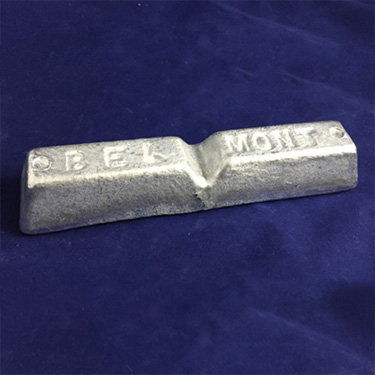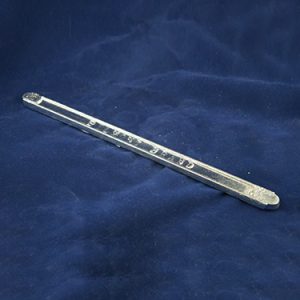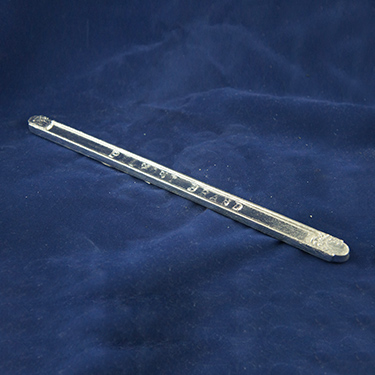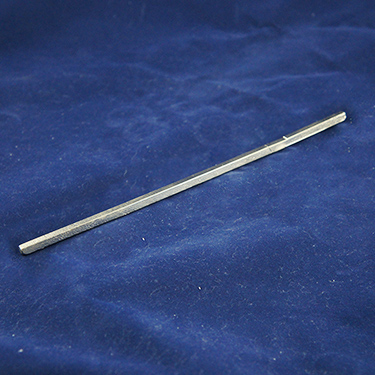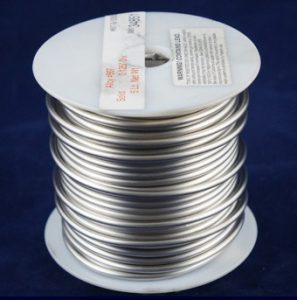While tin (Sn) is not mentioned as often as copper, it is another widely used metal for industrial applications. Tin is used most in electroplating, where the metal is used to coat other base metals to provide protection from other factors such as corrosion. Electroplating can also provide a more aesthetically pleasing appearance. The tin…
RELATED POSTS

Tin Lead Wire: Common Solder for a Wide Range of Applications
Soldering is performed in a wide range of industries including plumbing, electronics, heating/AC and manufacturing processes. Selecting the right solder is based on many factors including the solder’s melting temperature range, the properties of the soldering wire for the application, bonding capabilities, and the strength and hardness of the solder. Tin lead wire is a…

Popular Uses for Tin Zinc Solders
Are you trying to decide if zinc solder would be right for your business? Zinc is useful in soldering applications that require lower temperatures. For example, if you wanted to solder aluminum or copper. The basic formulation is comprised of 70 percent tin and 30 percent zinc. Here at Belmont Metals in Brooklyn, we sell…

Low-Melting Alloys Containing Indium: Characteristics and Applications
Often when thinking about metal alloys, we consider the strength and durability of the metal to withstand a range of loads, stresses and extreme temperatures. Yet there are a range of manufacturing applications where an alloy needs to have a low melting characteristic. A low-melting alloy, also called fusible alloy, can take a liquefied or…

Applications Using Low Melting Alloys
Low melting alloys are considered fusible alloys because they melt at temperatures below 300 degrees are often combined with other metals in order to increase certain properties. For example, Bismuth is often combined with tin and/or silver to create lead-free solders that are non-toxic. Low Melting Alloy Applications and Uses Low melting alloys can be…

Liquid metal’s low melting point
Fusible alloys’ low melting point makes them useful in a wide variety of applications The melting point of aluminum is 1,220 degrees Fahrenheit. Carbon steel melts somewhere between 2,600 and 2,800 degrees Fahrenheit, and the temperature needs to rise all the way up to 6,150 degrees Fahrenheit to melt tungsten. Specialized furnaces are needed to…

